Monument to the Vanquished Peasant

The enclosure acts describe the legal process through which common rights over land were terminated and the common land converted to the exclusive property and use of a landowner. This project starts from a belief that a deeper understanding of the enclosure acts is vital to having a critical understanding of the systems and politics that we inhabit now.
PART I | THE COMMONERS commissioned by GRAIN & Meadow Arts
PART II | RURAL REBELS partially commissioned by Meadow Arts
PART III | URBAN VAGABONDS partially commissioned by Meadow Arts
PART IV | ALLOTMENTS commissioned by Meadow Arts
Monument to the Vanquished Peasant will be part of the Coventry Biennial at the Herbert Art Gallery & Museum from October 3rd 2025 - January 26th 2026
In collaboration with writer and researcher, Annabel Edwards. Annabel and Leah previously worked together, documenting the free festival scene in the 1990s, when Annabel was commissioned to write a book about New Age Travellers.
Pre-order the book, co-authored with Stephen Ellcock, Common People : A Folk History of Land Rights, Enclosure & Resistance
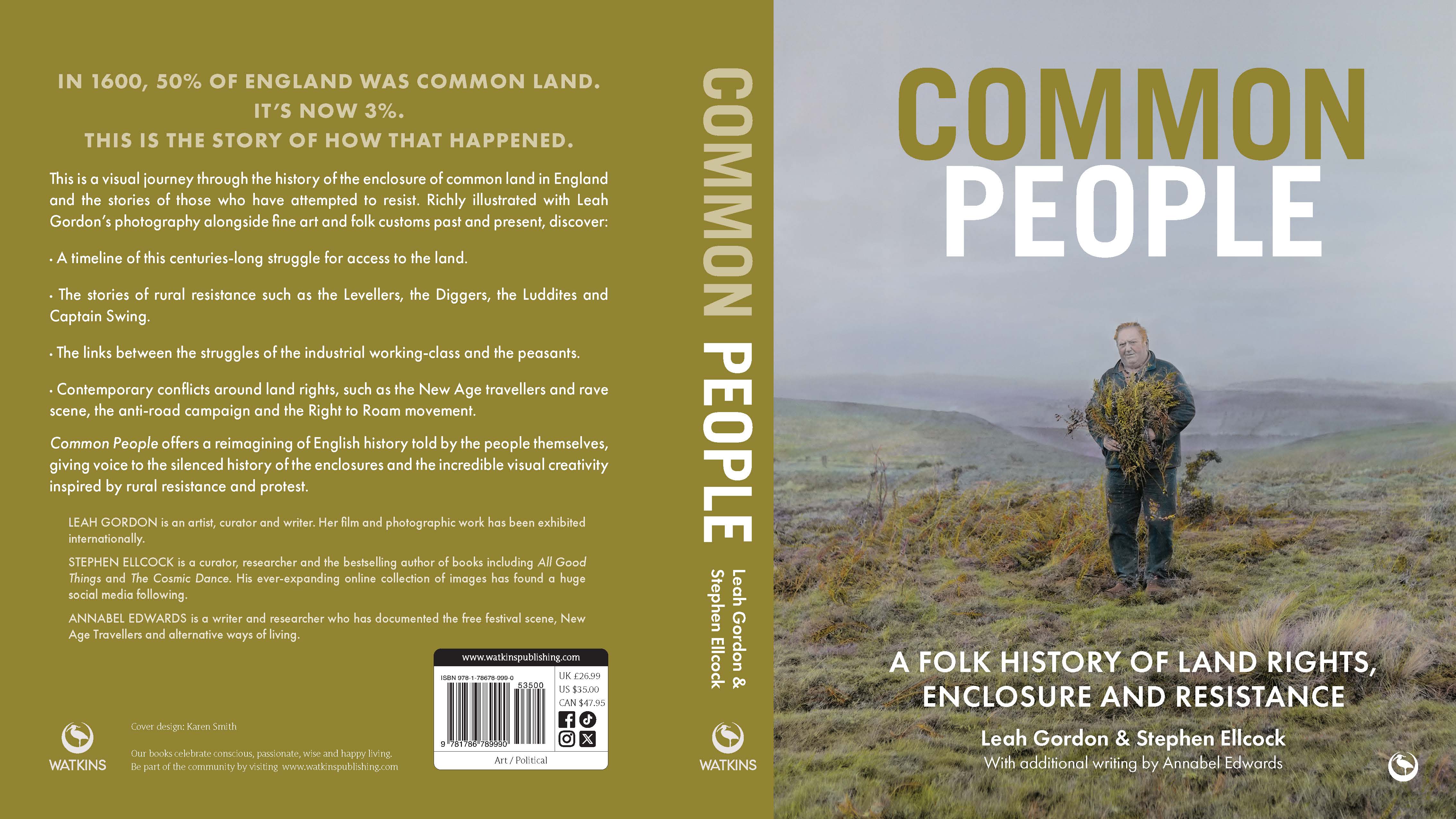


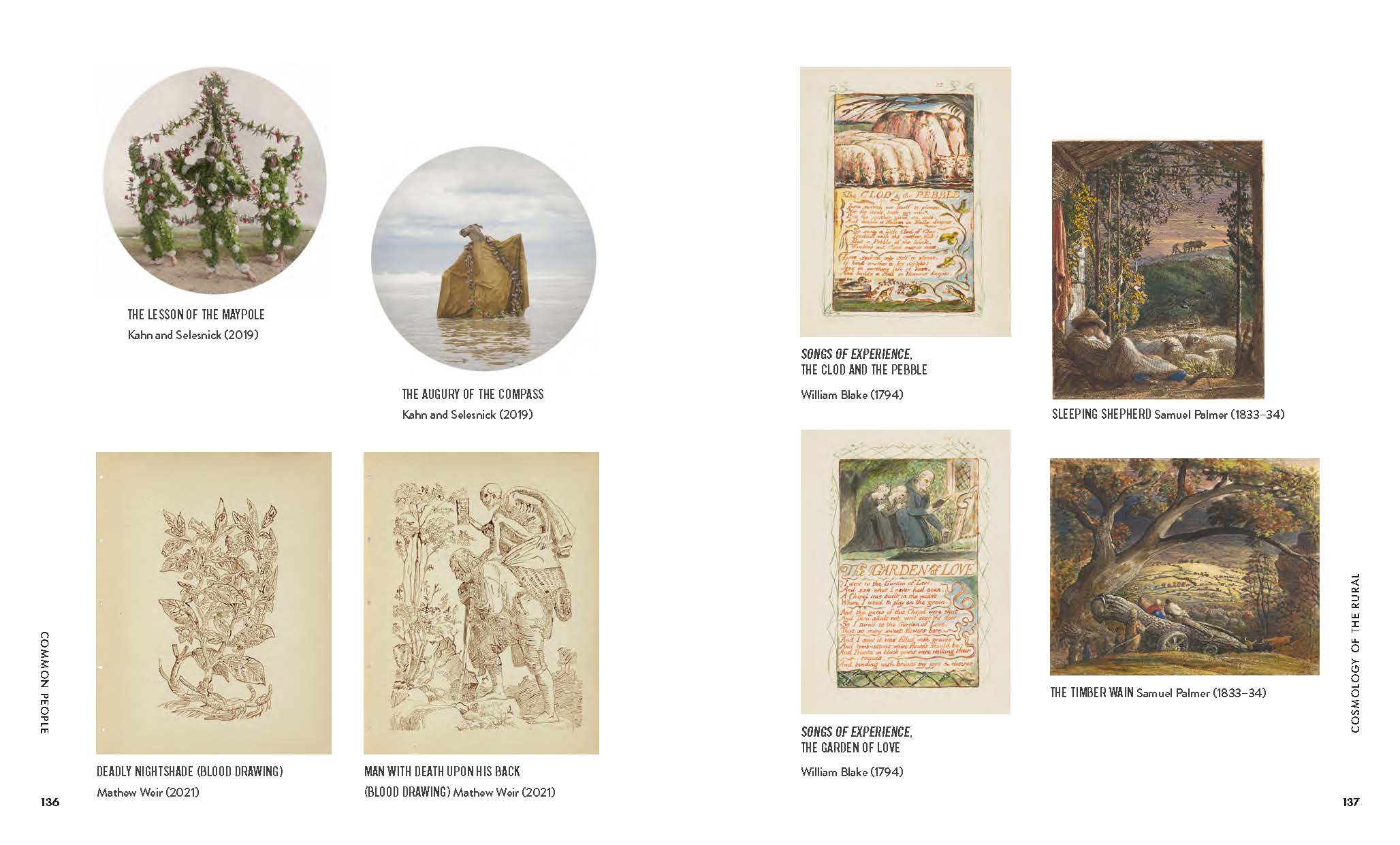
PART I | THE COMMONERS
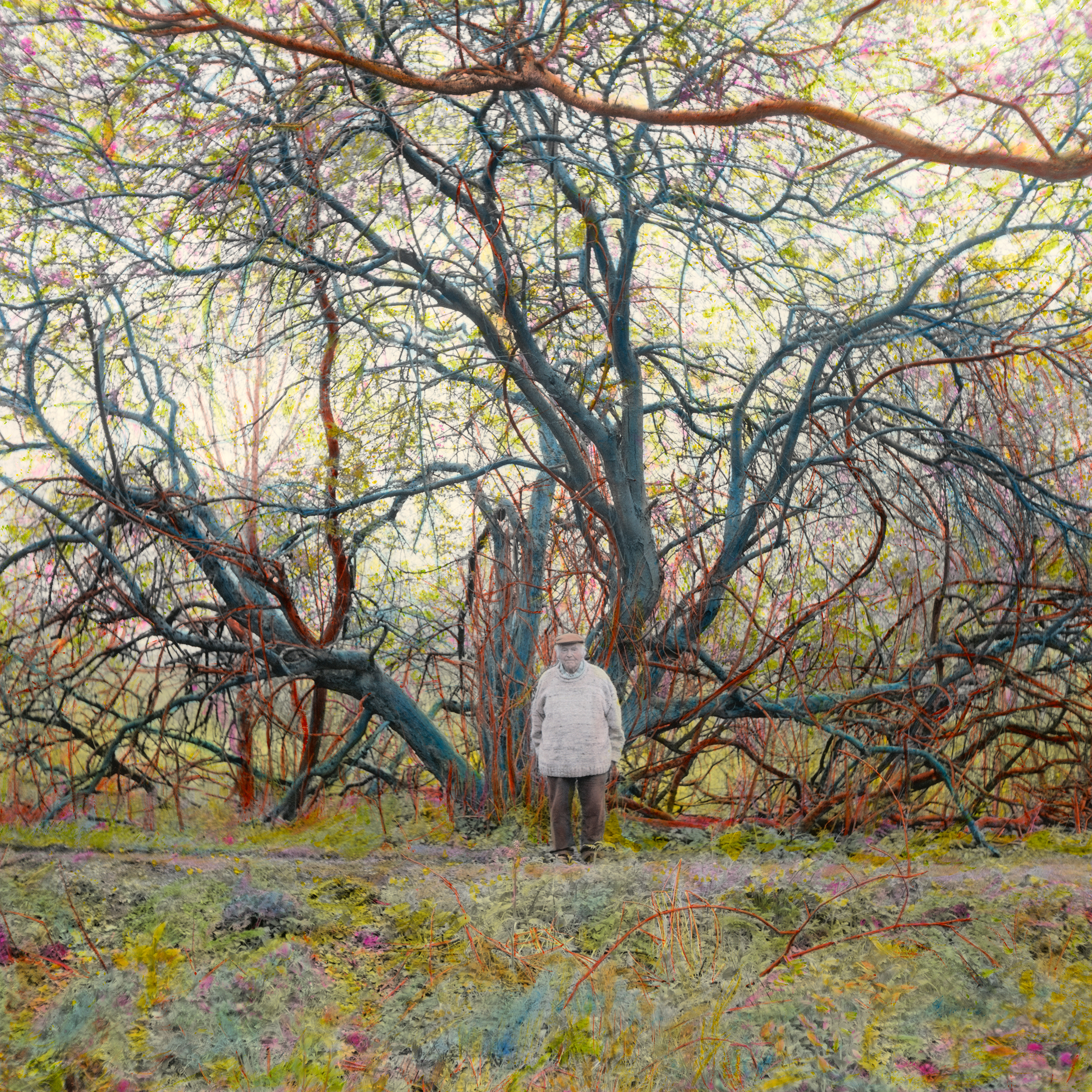
We found people that still had common rights over land and photographed them in the common lands where they held rights and interviewed them to hear more about their personal stories, commoners’ status and to discover any historic stories they knew about the land. The stories behind the remaining commons and commoners that held the varied rights presented as an excellent mechanism for understanding the historic legacy of the Enclosure Acts.
The photographs were taken on an analogue medium format camera with black and white film and the subsequent prints are hand-tinted using traditional photographic dyes. We used this process to enliven the landscapes, through colour, with a form of magical realism and invoke both the uncanny nature of the land. This serves to highlight a more spiritual and mystical, and less mercantile connection to the land. It is the breaking of this relationship which Italian feminist historian, Silvia Federici, argues was central to the capitalist expansion of which the Enclosure Act was a dominant apparatus.
Hand-tinting by Marg Duston
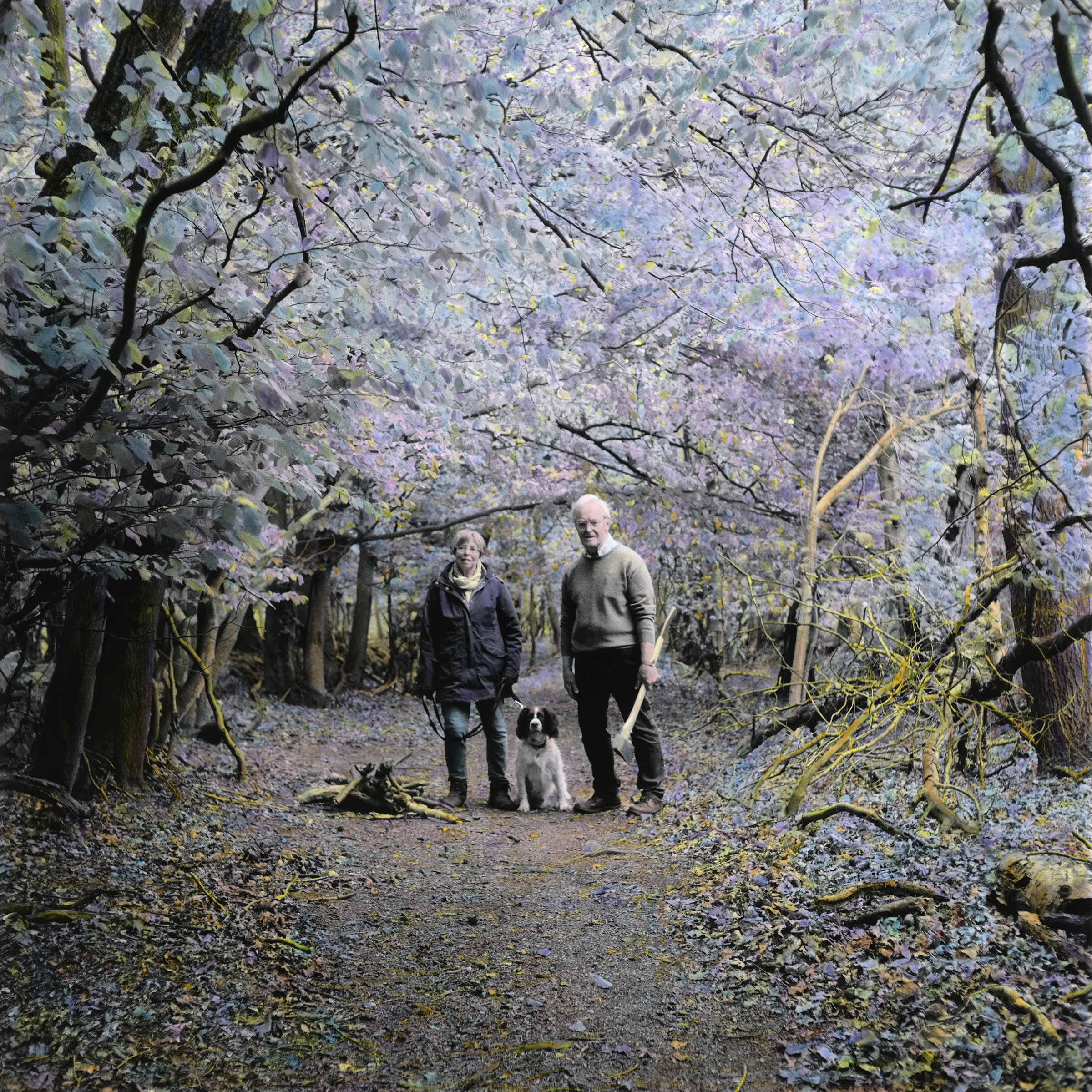
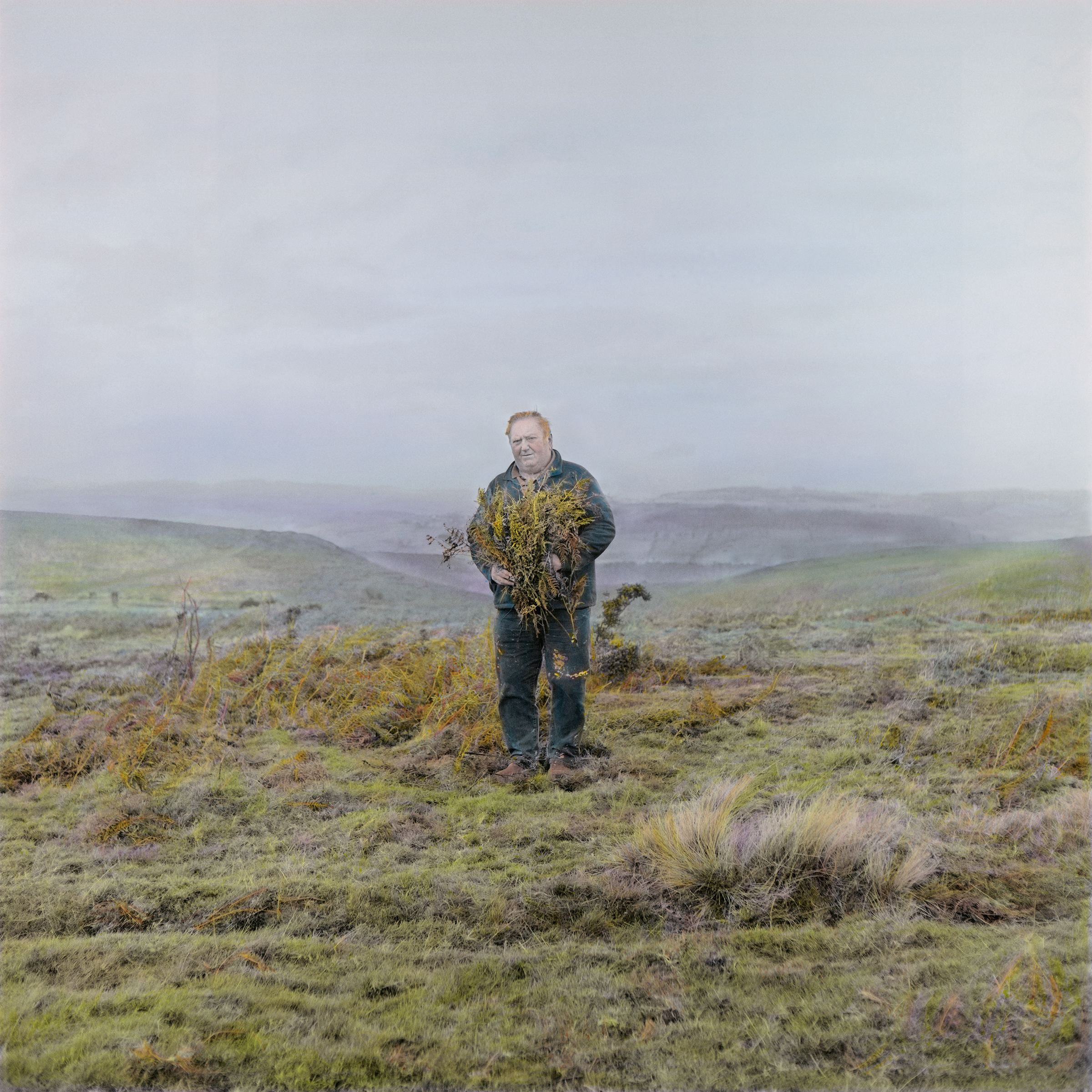

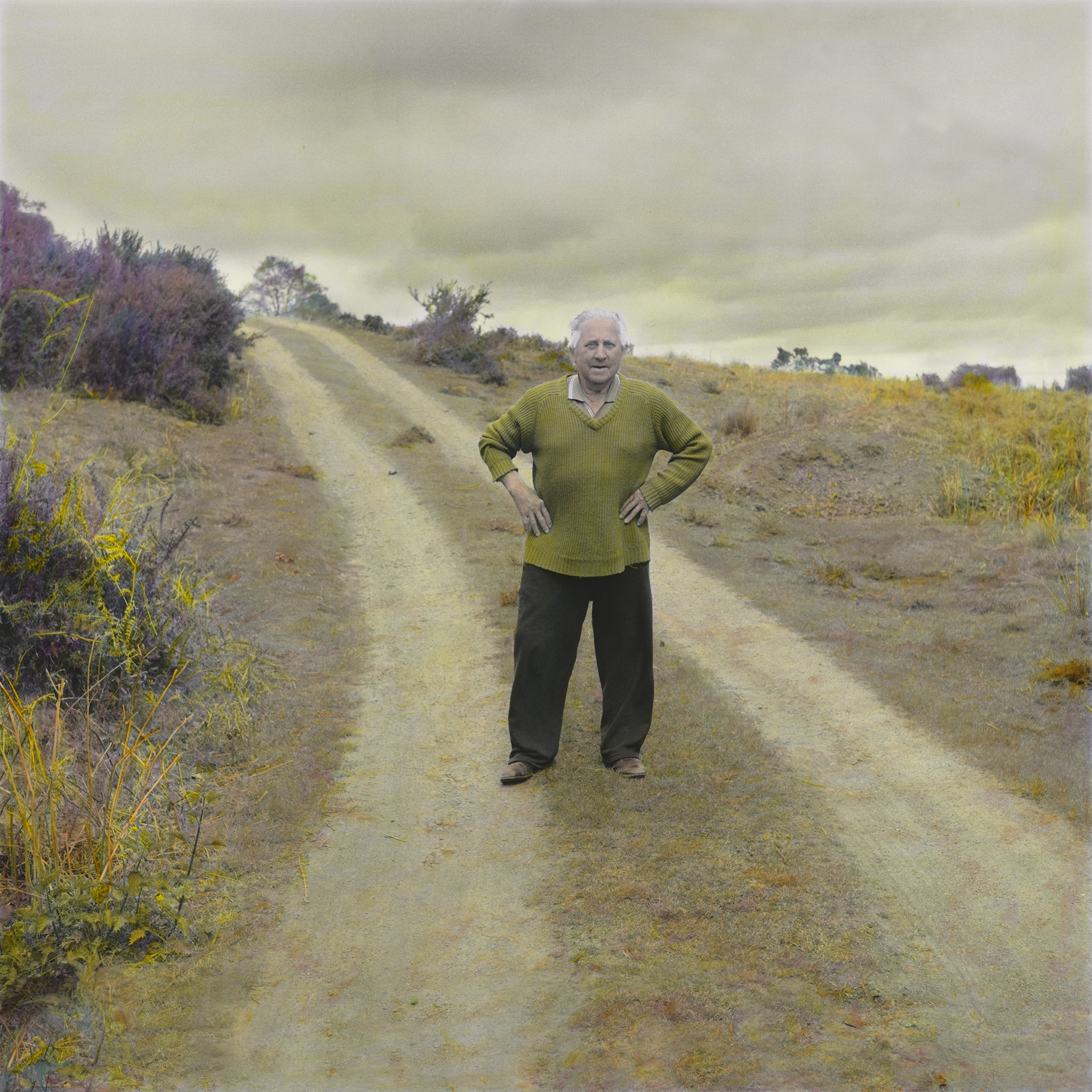



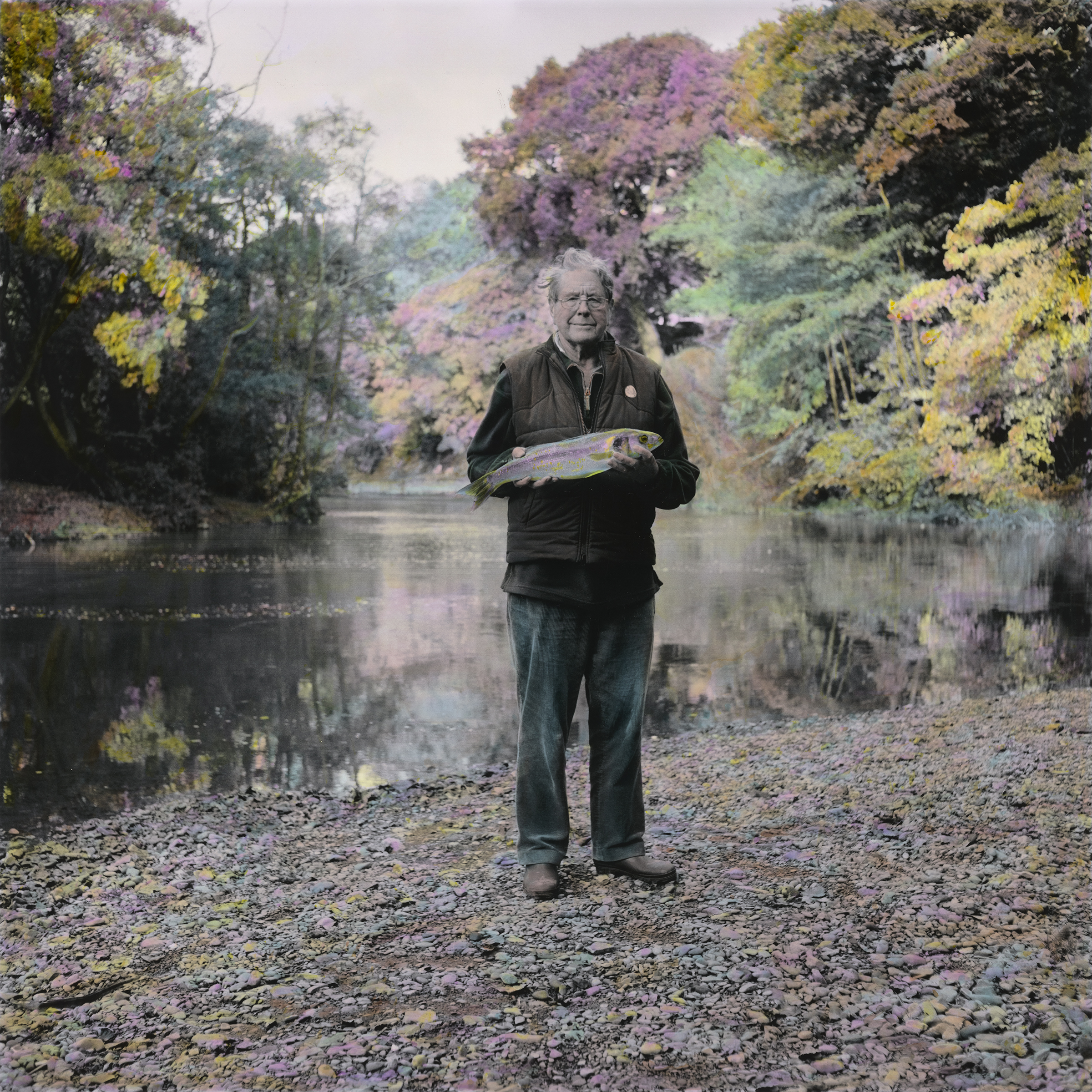


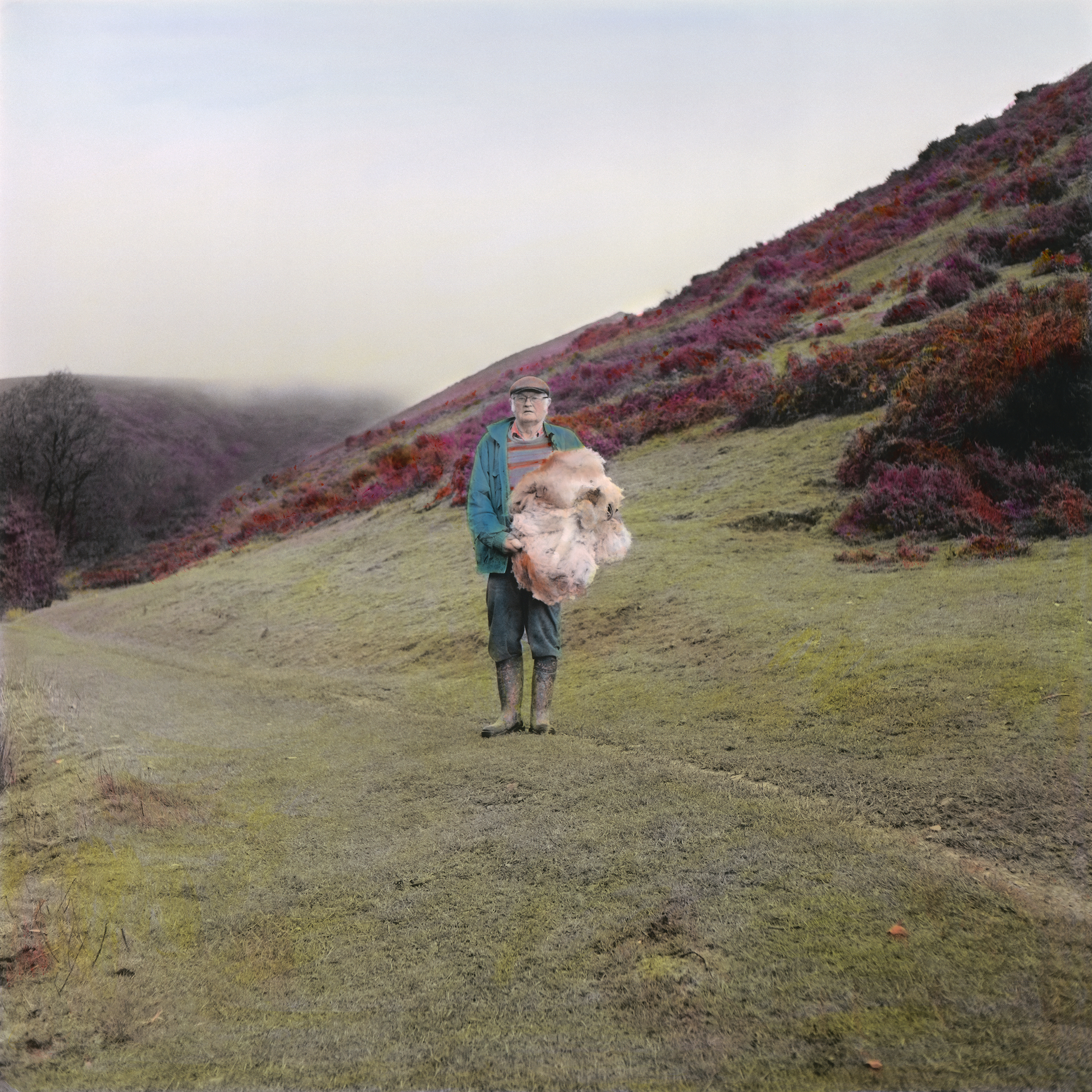

PART II | RURAL REBELS looks at the history of protest against enclosure and other loss of rights. Such protests were usually small, local, and harshly punished by the courts, and they have largely been forgotten now. These photomontages depict artefacts of peasant life, shown alongside representations of rural traditions, and objects relating to the brutal enforcement of land ownership...man traps, barbed wire and measures. They question the nature of land ownership and people’s access to the land, with reference to contemporary activists fighting for the right to roam or to have allotments. The montages are exhibited with Gordon’s large-scale photographic portraits of UK folk traditions to show how these, often ancient, rituals have performed the boundaries, histories, and customs that mark our relationship to the land.

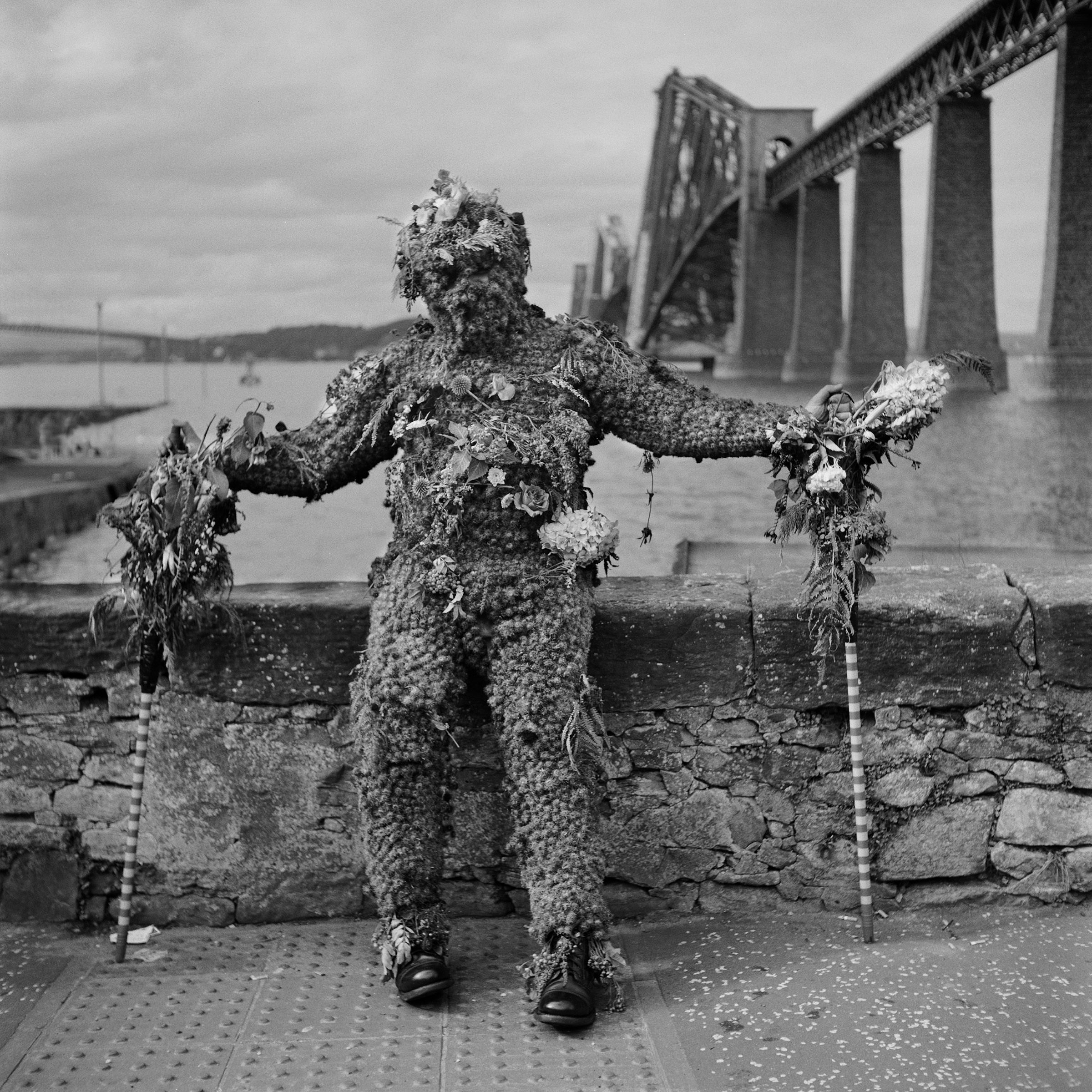

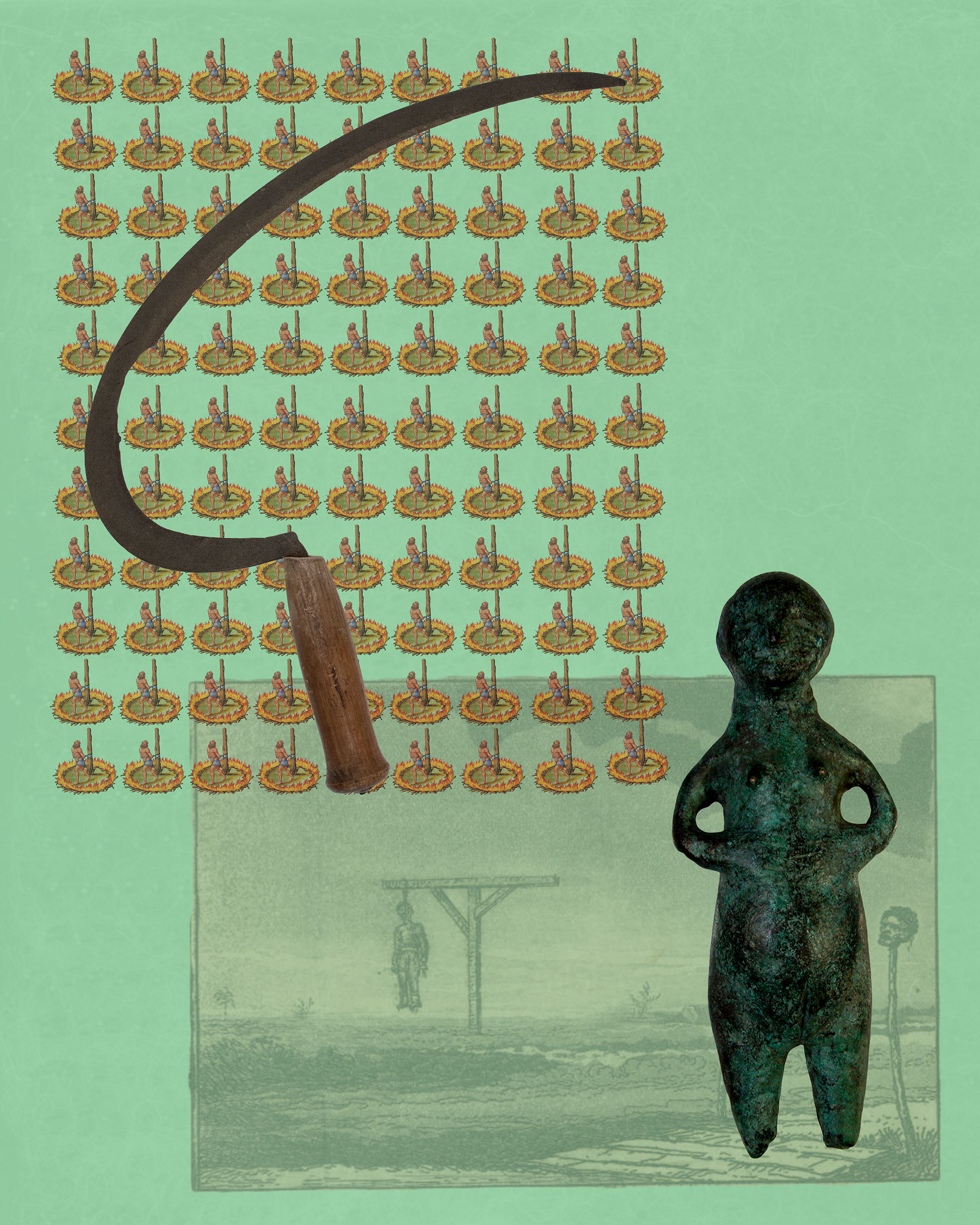



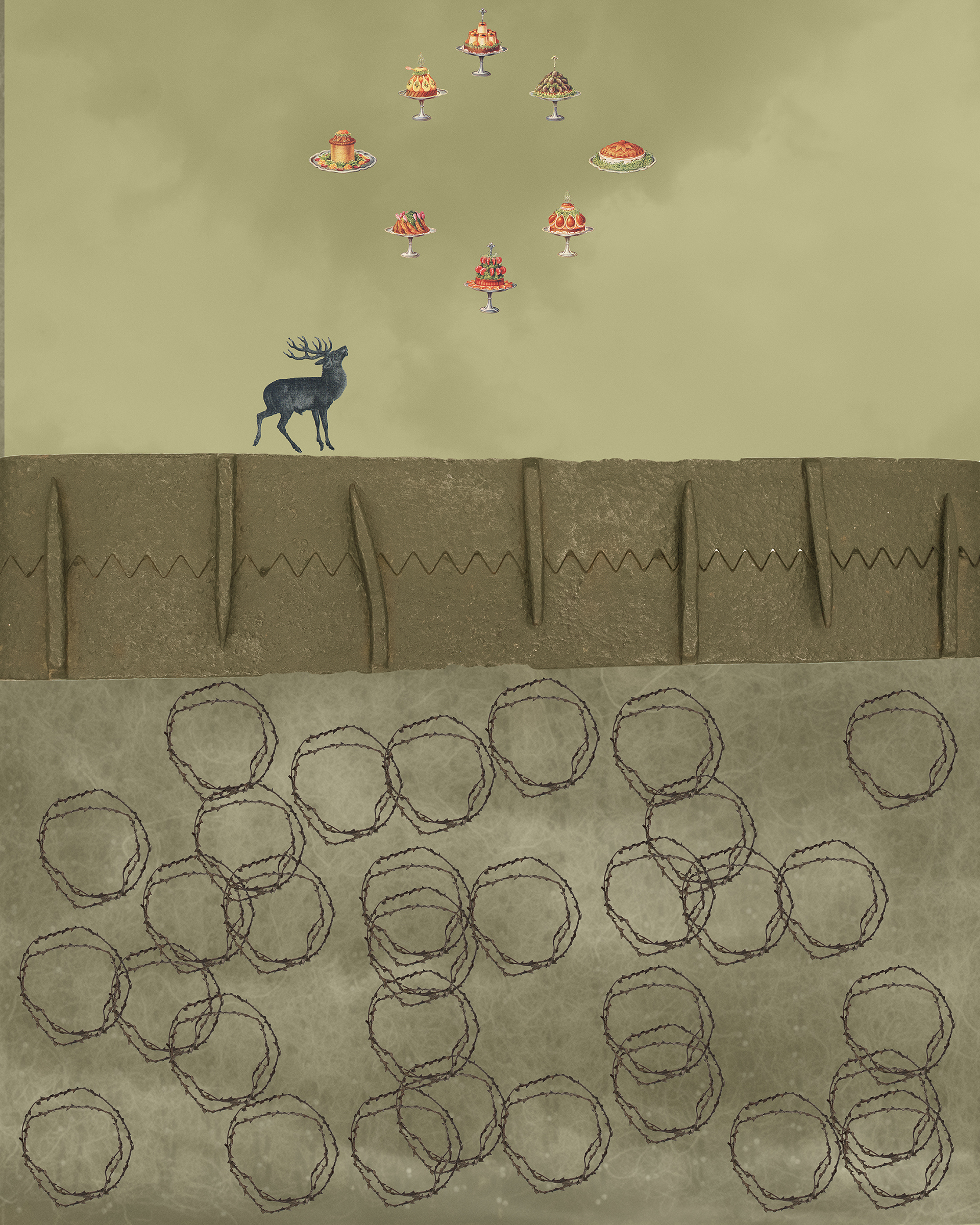
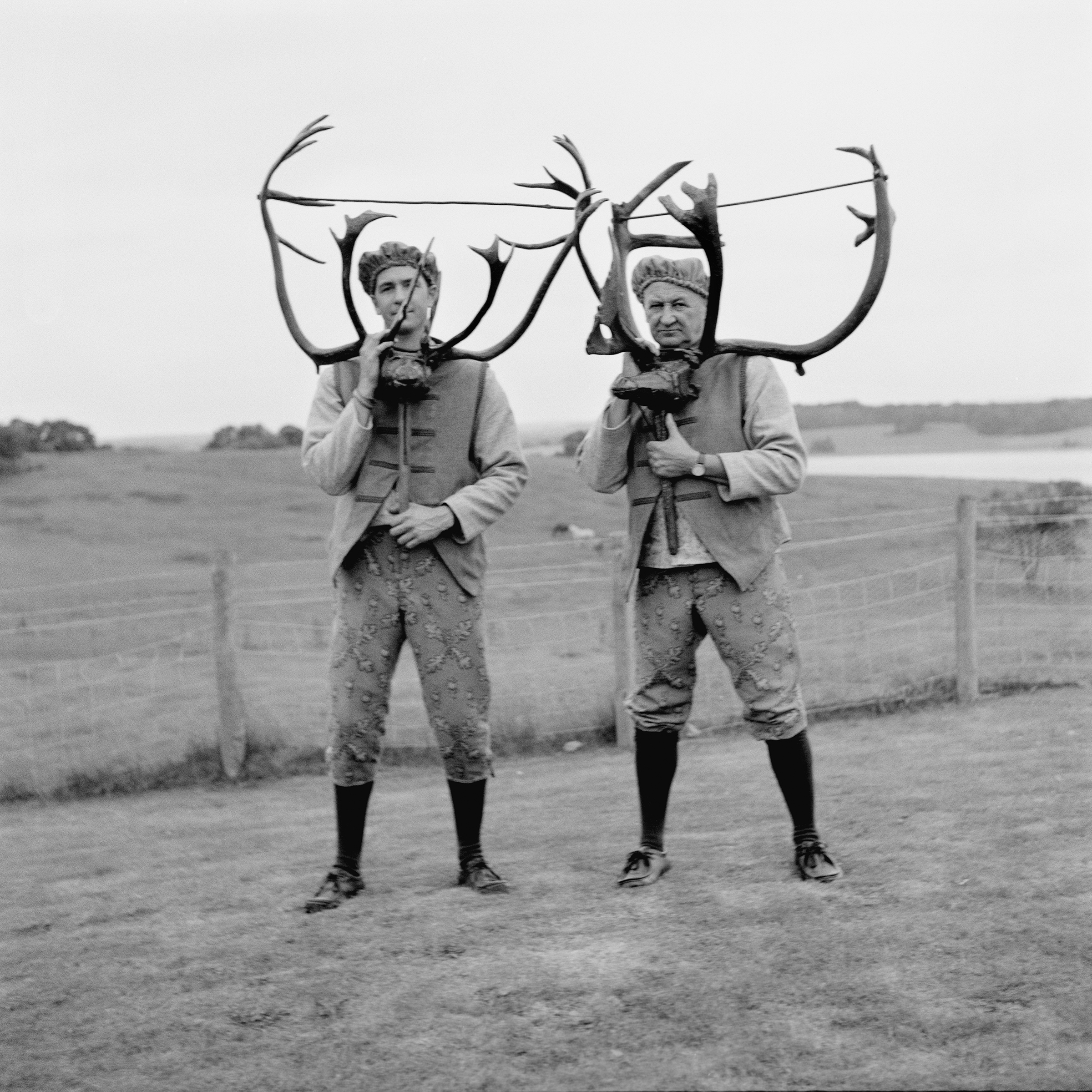

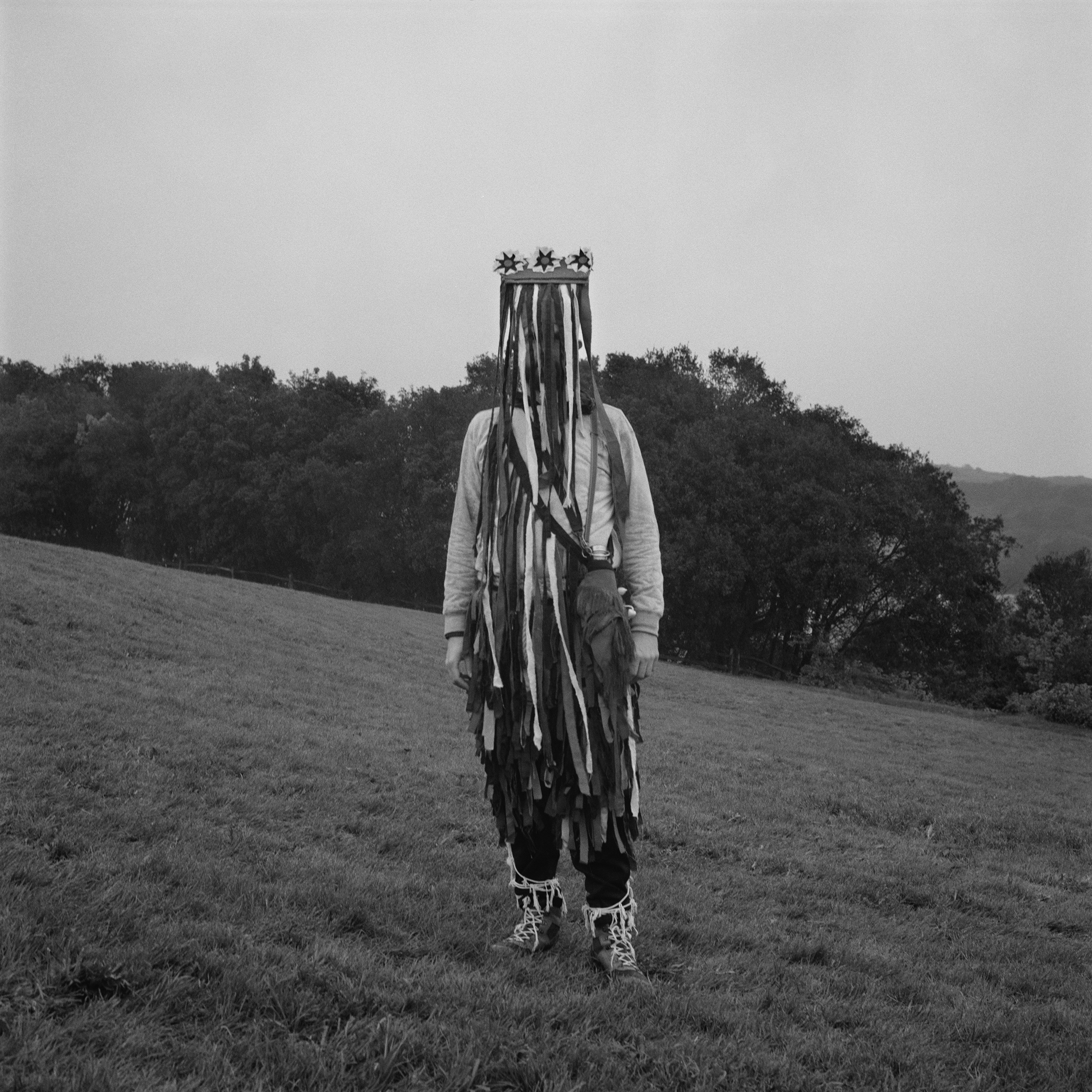
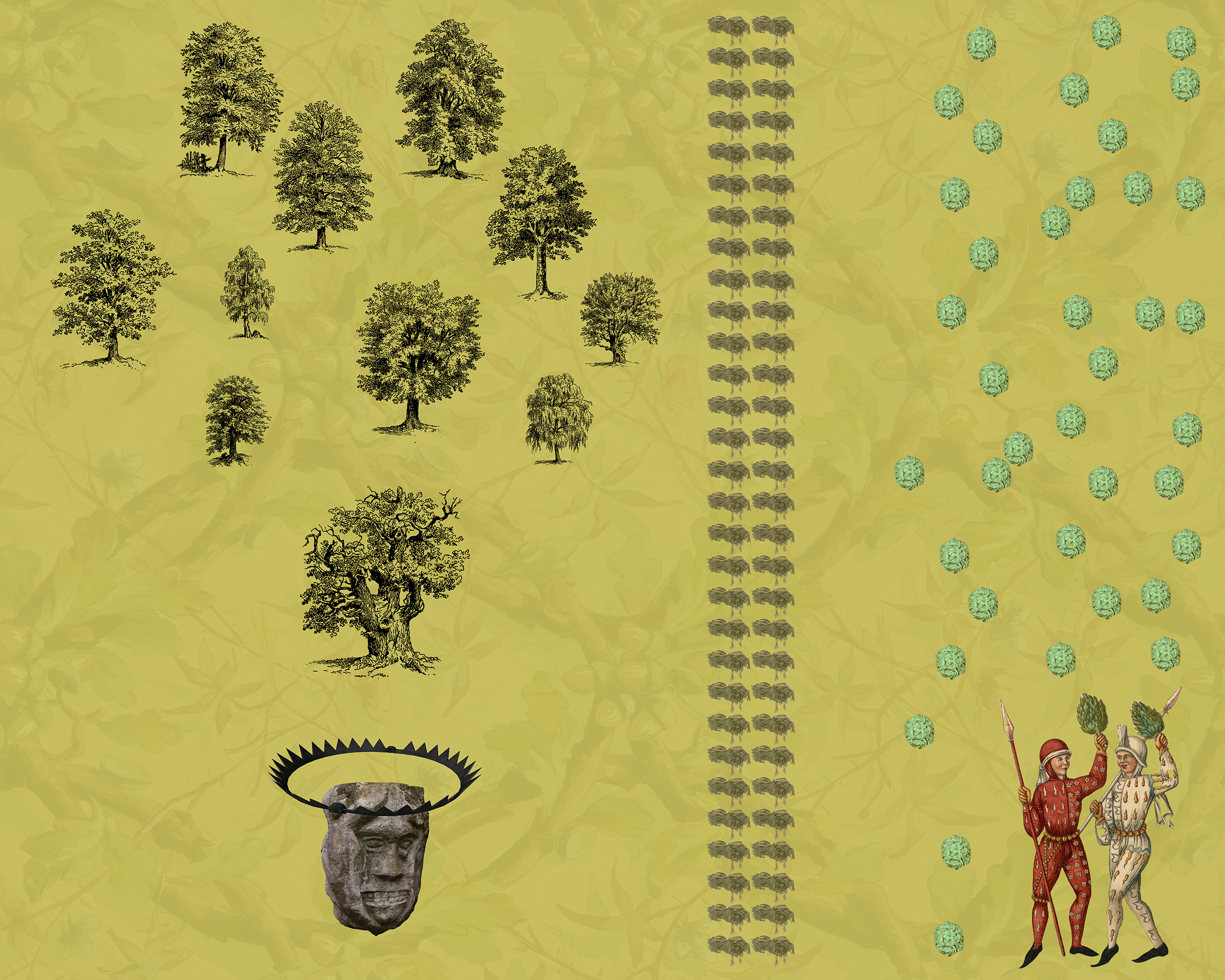
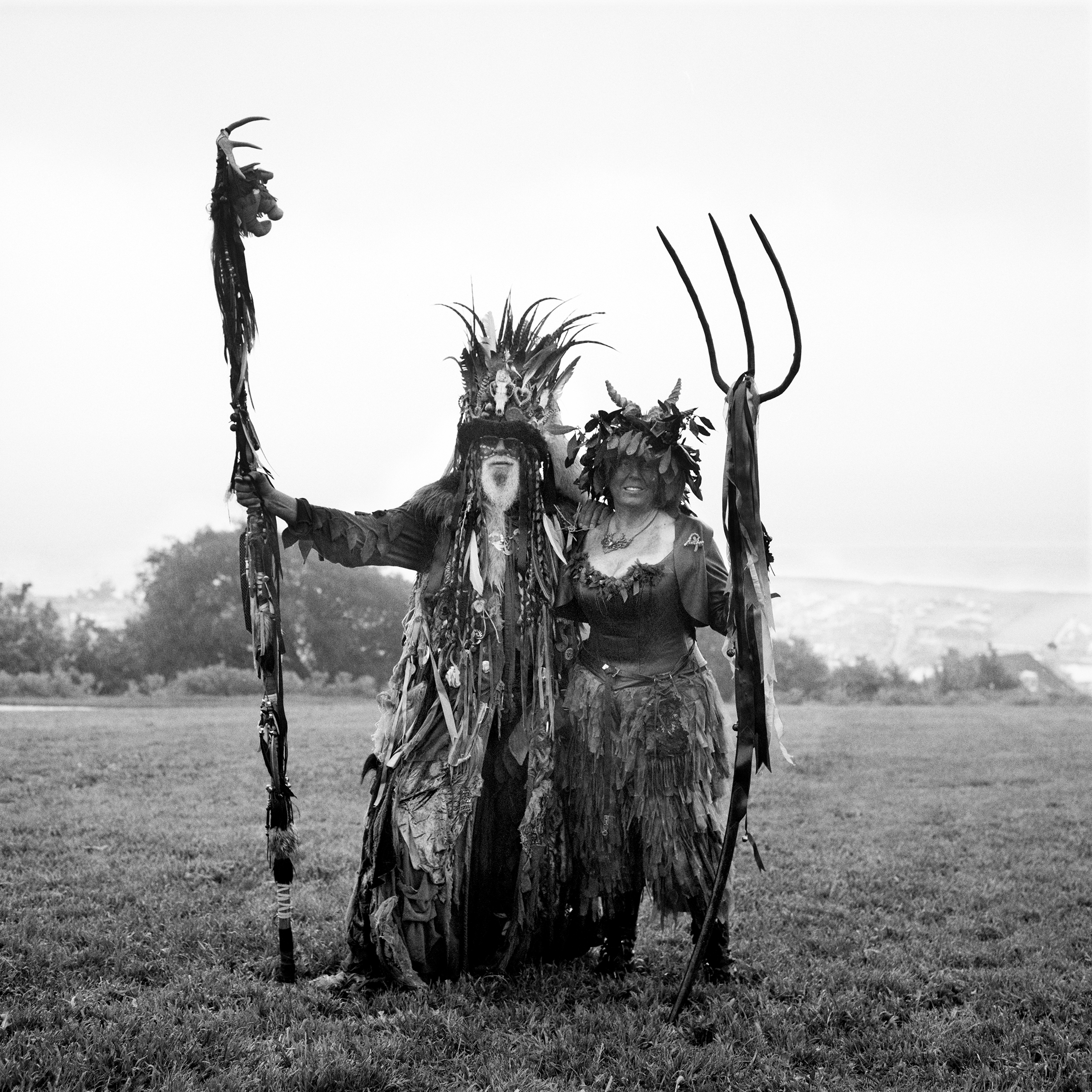
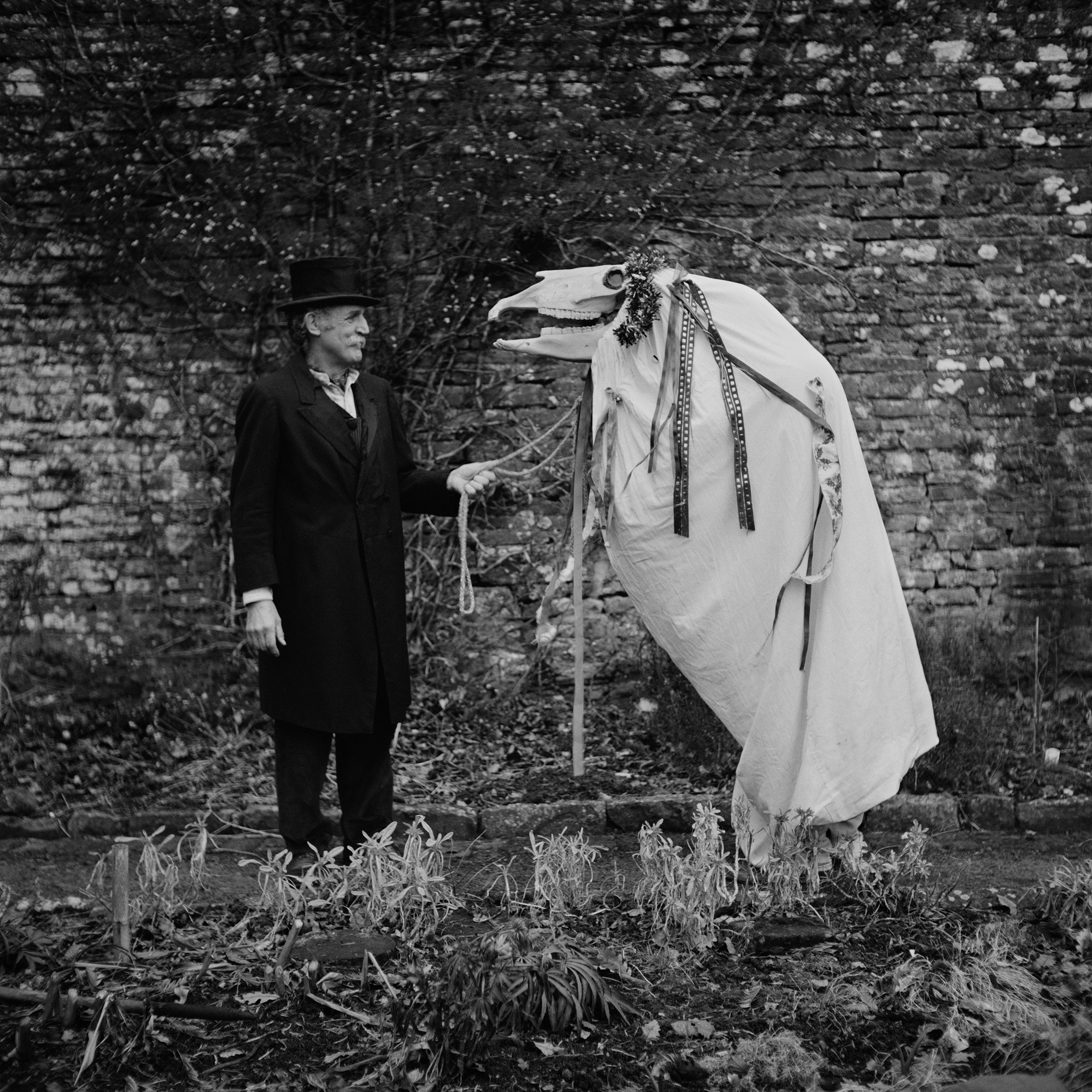
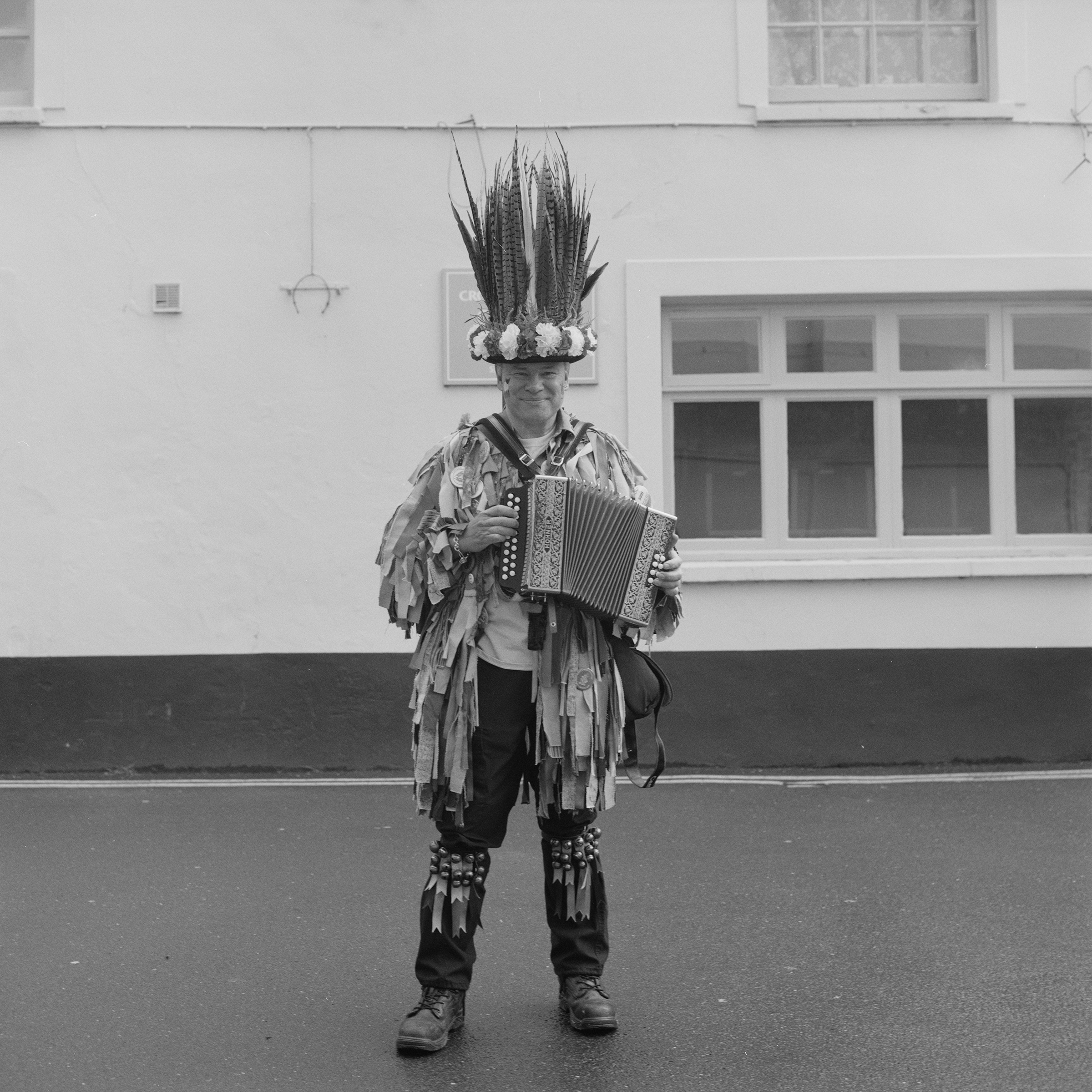
In PART III | URBAN VAGABONDS acknowledges the social outcomes of the enclosures, which as well as creating a new class of industrial factory workers, also created a disenfranchised vagabond class divorced from the land and any means of subsistence.
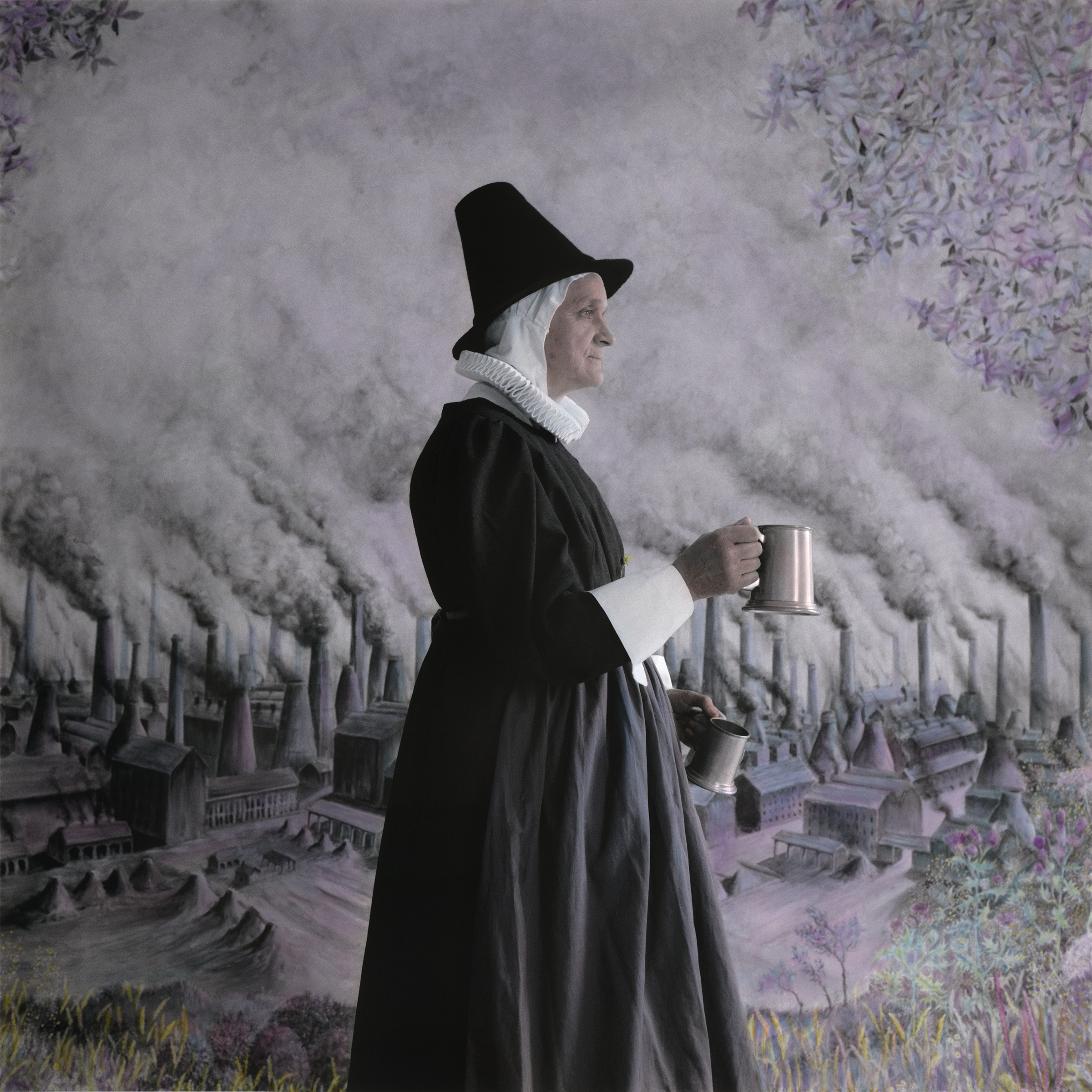



This section also considers ‘vagabondage’ as a radical mechanism for stepping outside of capitalist societal expectations and symbolised by the photographs, shot on large format analogue colour slide film, of isolated ruins of caravans in rural settings to portray life outside of the narrow offerings of late Capitalist Britain. This is exemplified by the stage set for the character of Rooster Byron in the renowned play Jerusalem, who is a theatrical 20th century vagabond hero. This play is one of the most performed plays by amateur dramatic societies in the UK. Portraits of amateur actors that have portrayed Rooster in local productions of Jerusalem in their onstage costumes and included as symbols of resistance, dissent, and radical withdrawal.
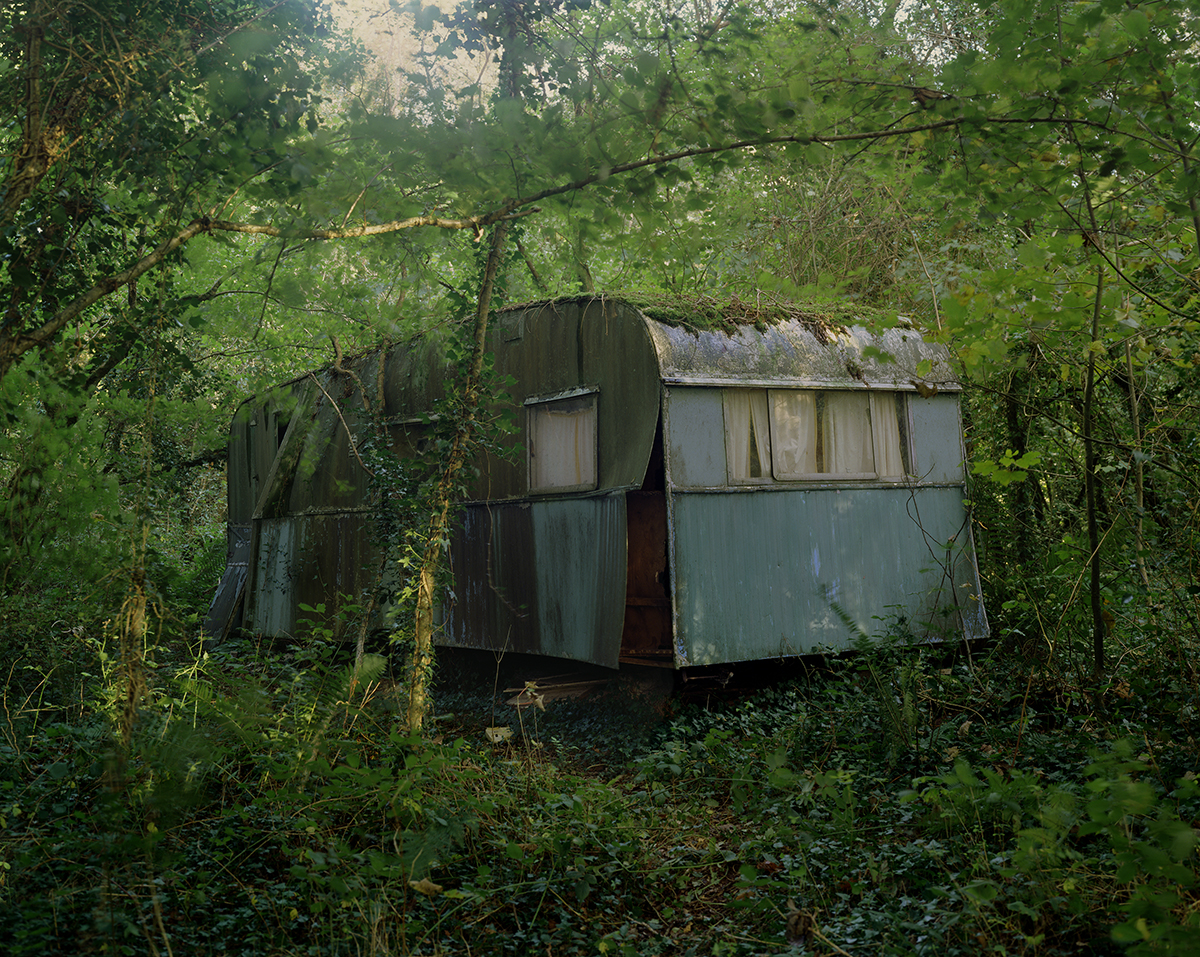


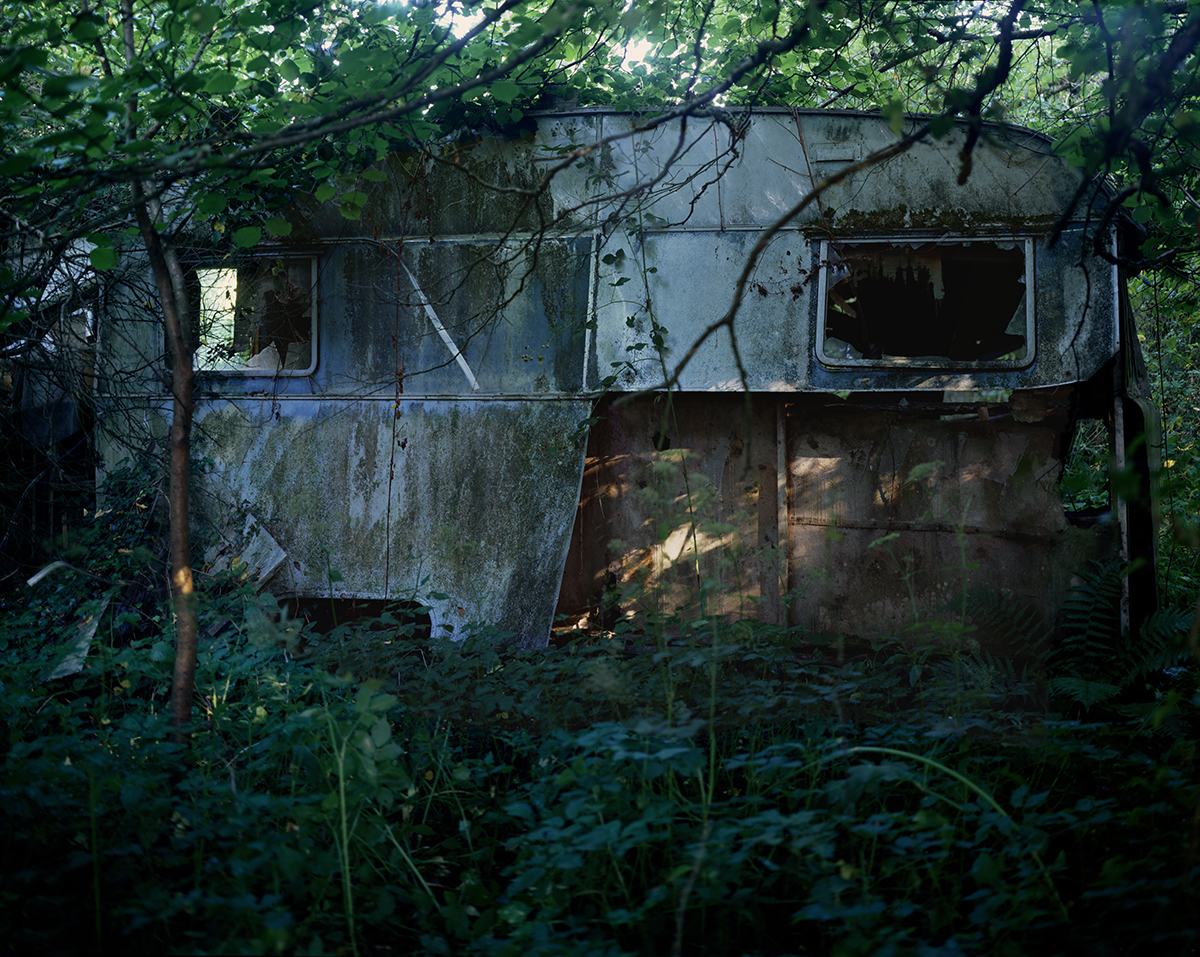


Images from Leah Gordon’s extensive archive of analogue photographic portraits taken in the 1990s of new age travellers and anti-road protesters draw parallels between the outcomes to the Enclosure Acts, modes of collective resistance to Thatcher’s Britain in the techno-trance rave culture which led to the repressive 1994 Criminal Justice and Public Order Act, and contemporary actions and organisations to protect wildlife habitat from development, remaining common rights and public access to the land.
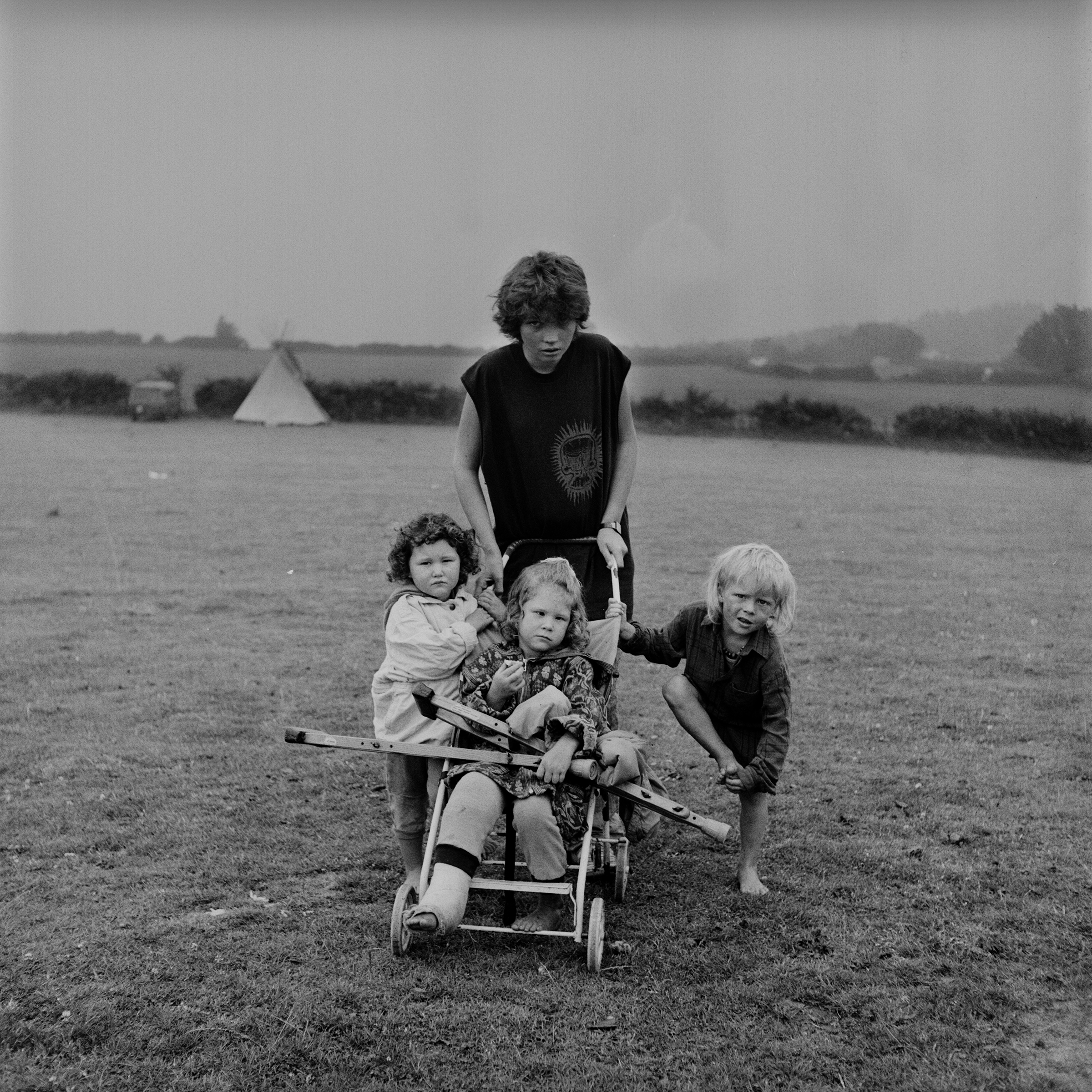
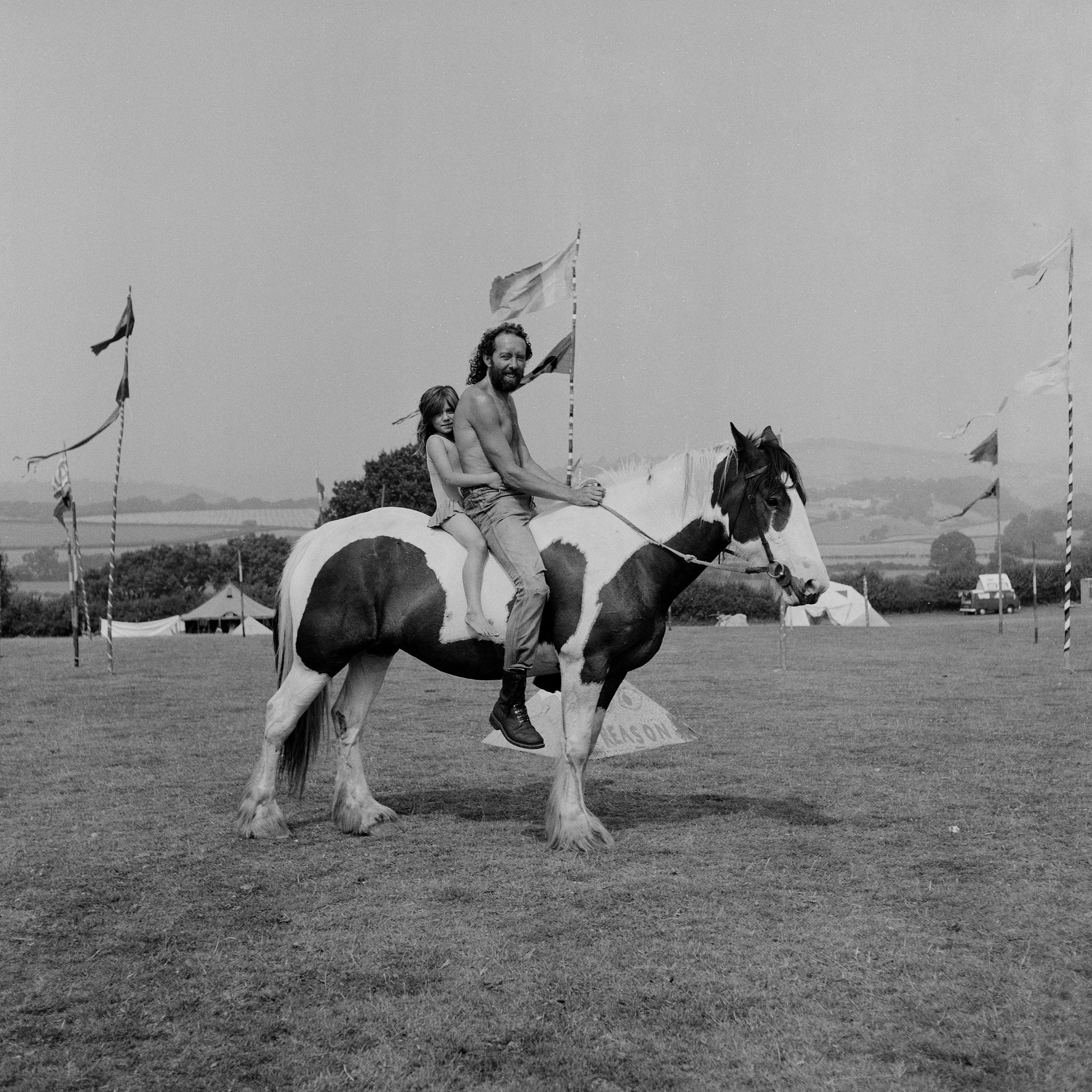

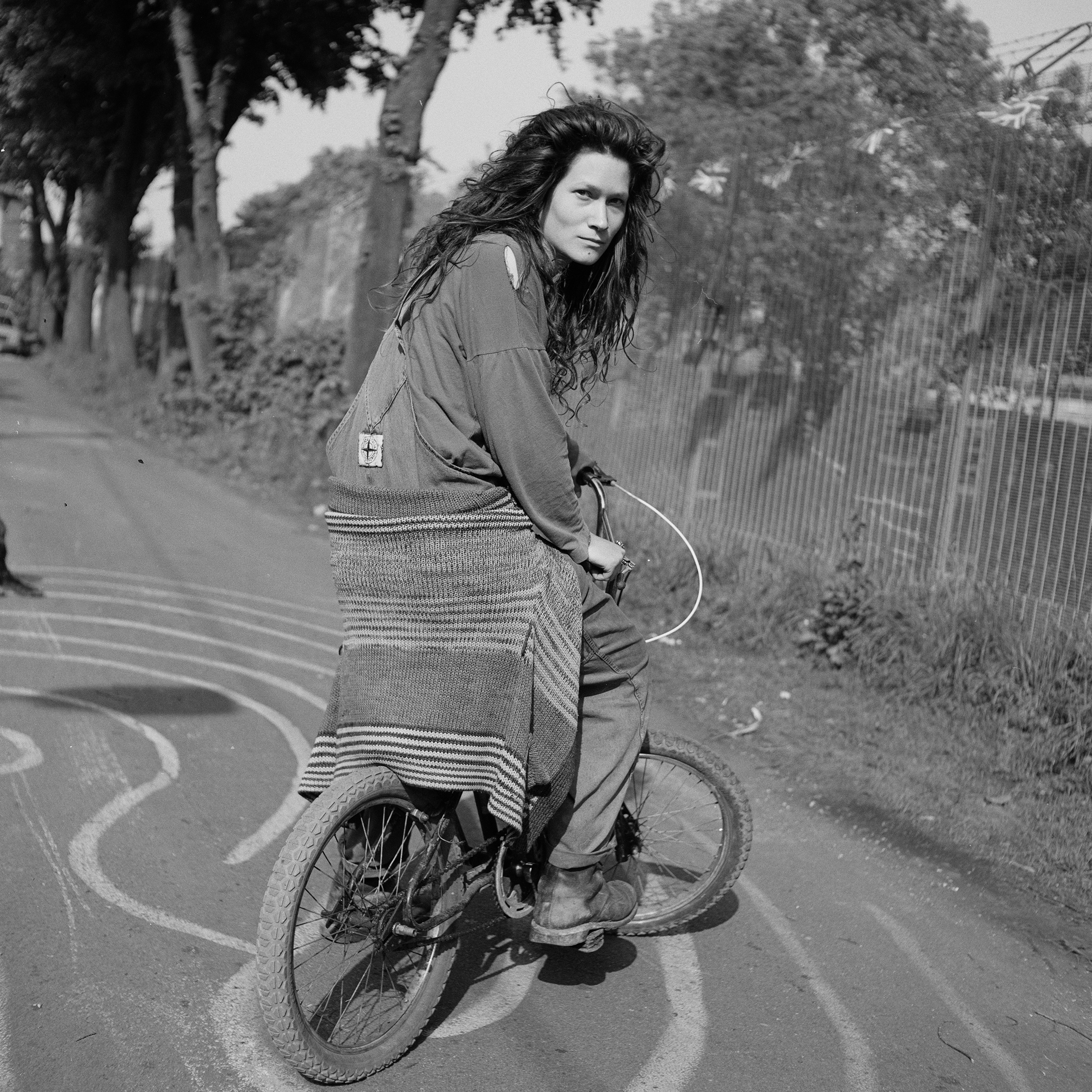

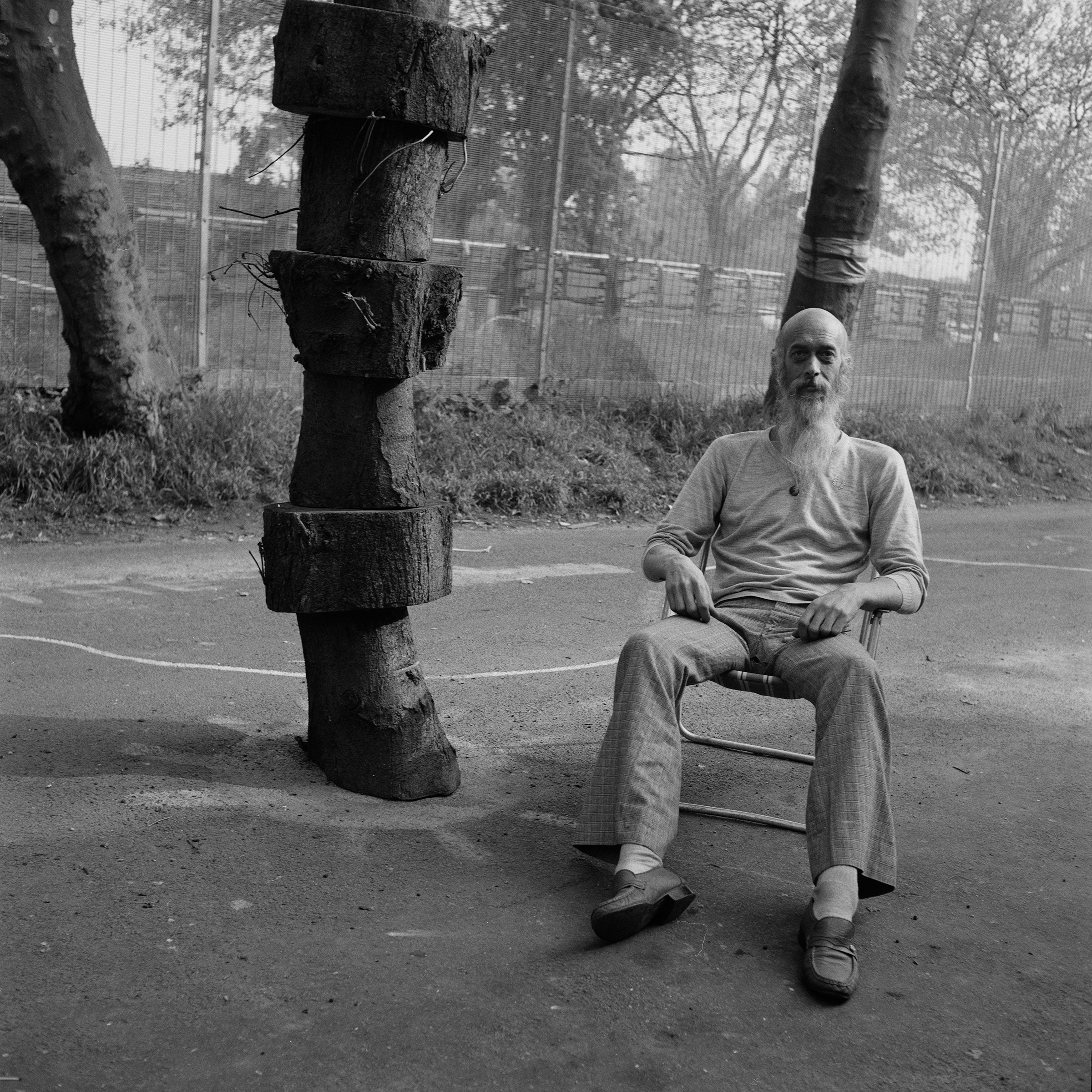
In PART IV | ALLOTMENTS portraits of allotmenteers in Coventry represent positive strategies to reunite people of all races back to the commons. Coventry still has many allotments, and these portraits of current allotment holders attempt to show how these small green spaces represent the urban classes’ attempt to reverse enclosure and restore small plots of land to the landless.

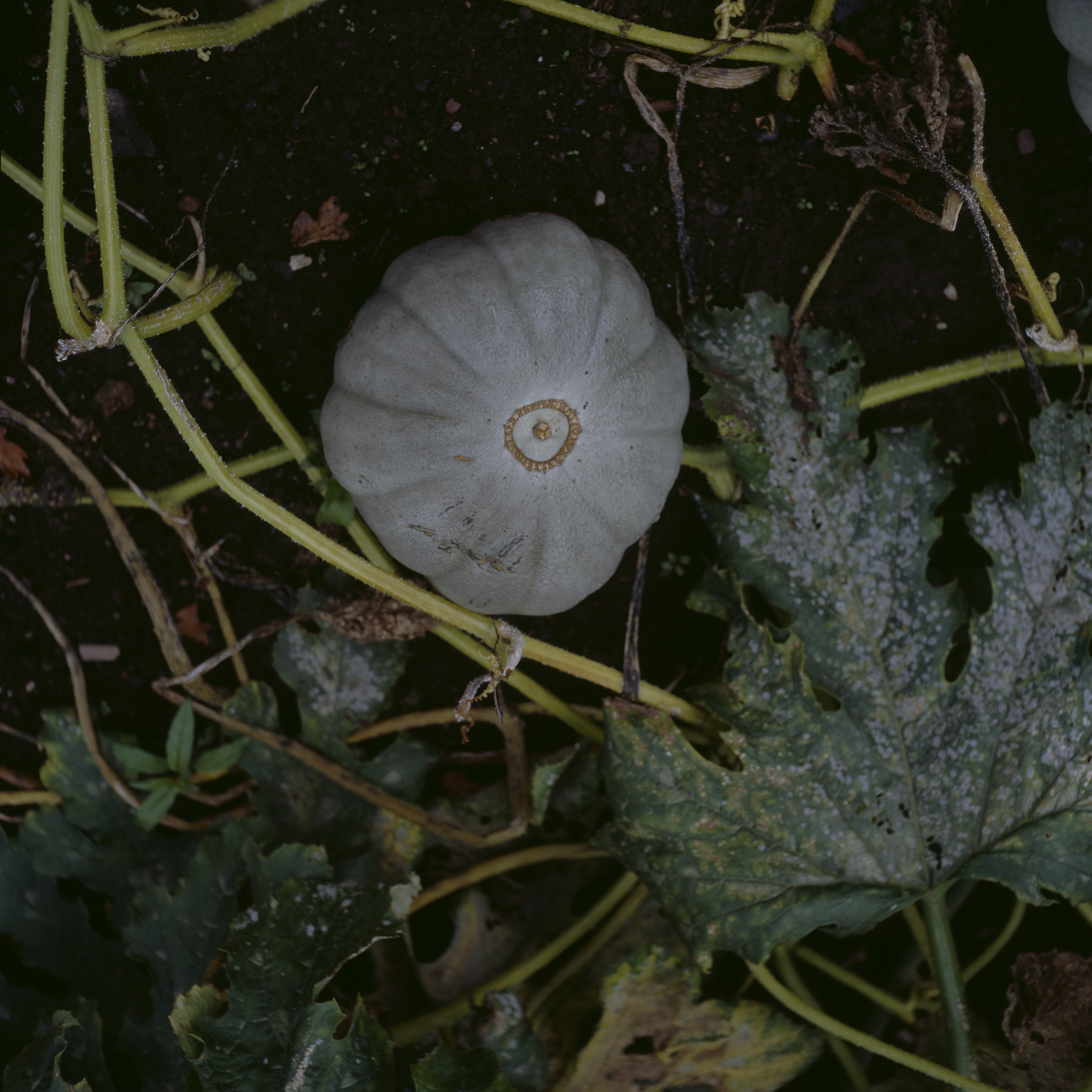
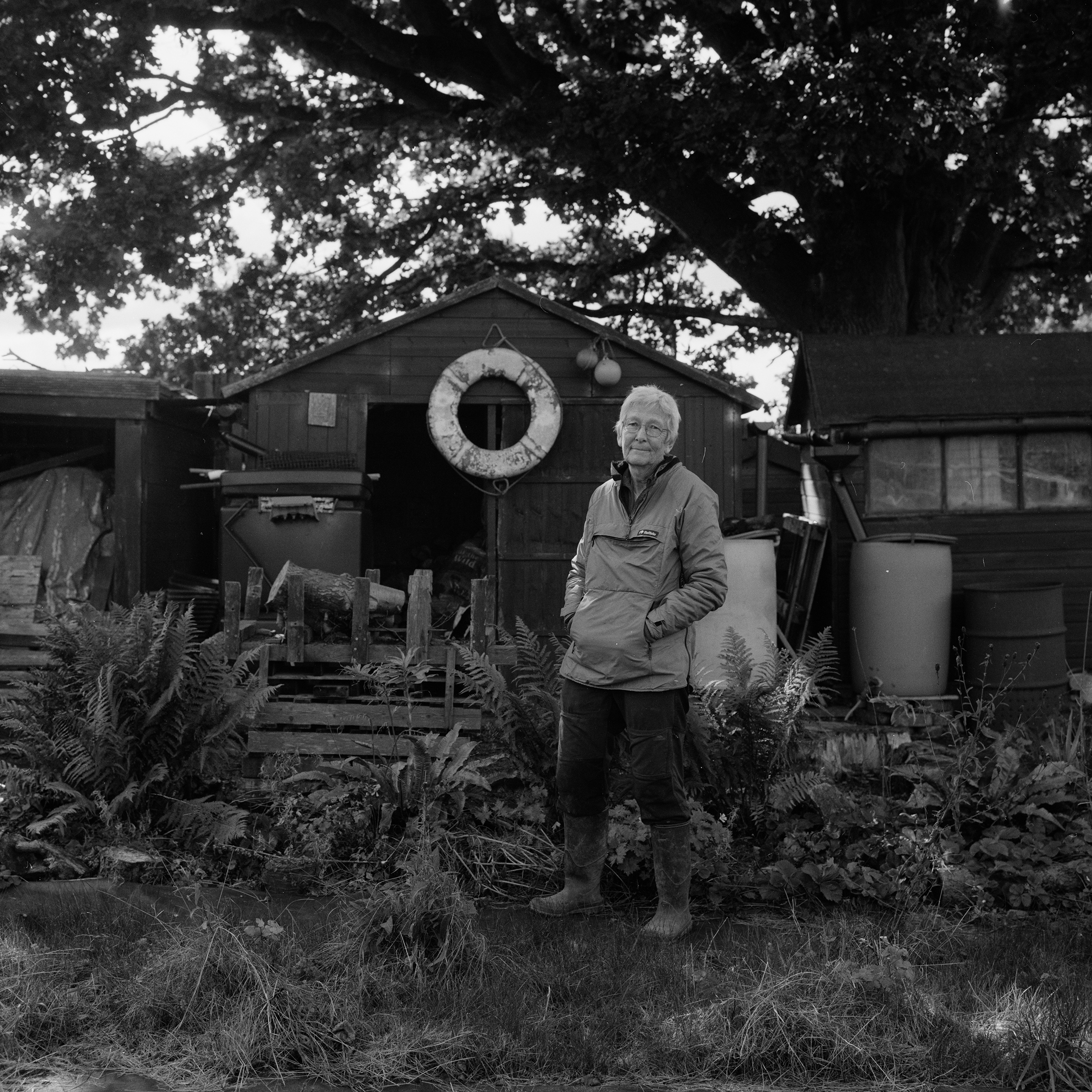
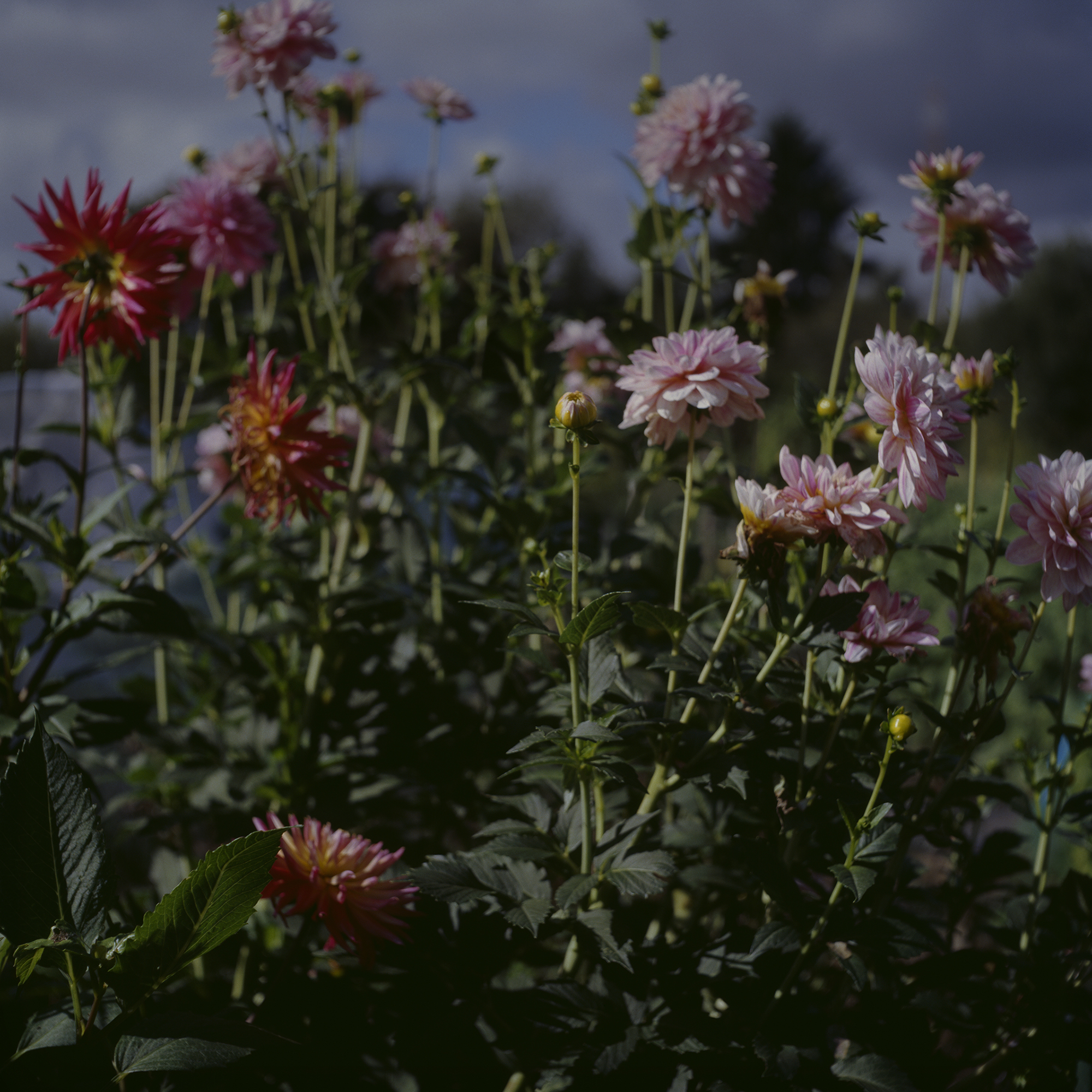


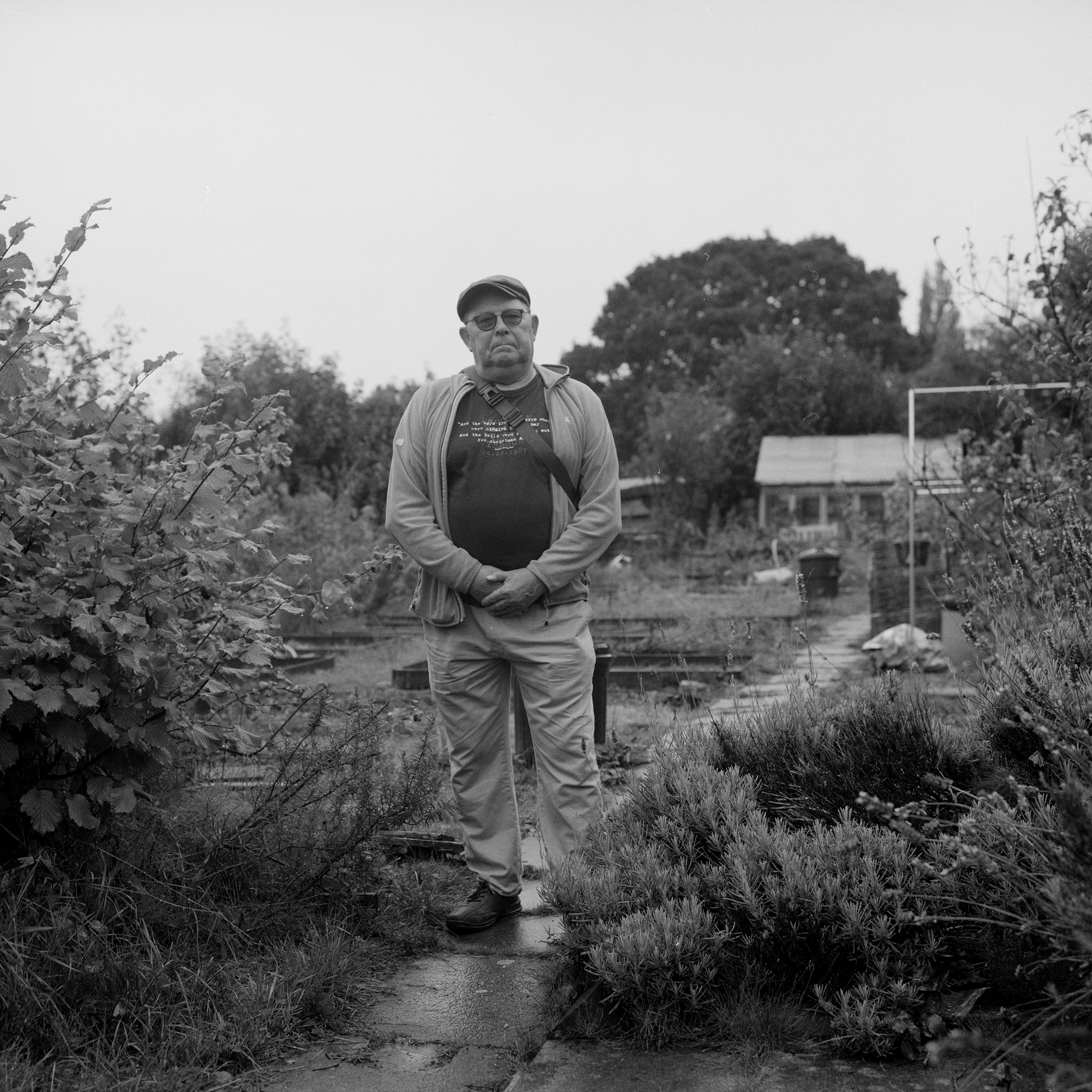
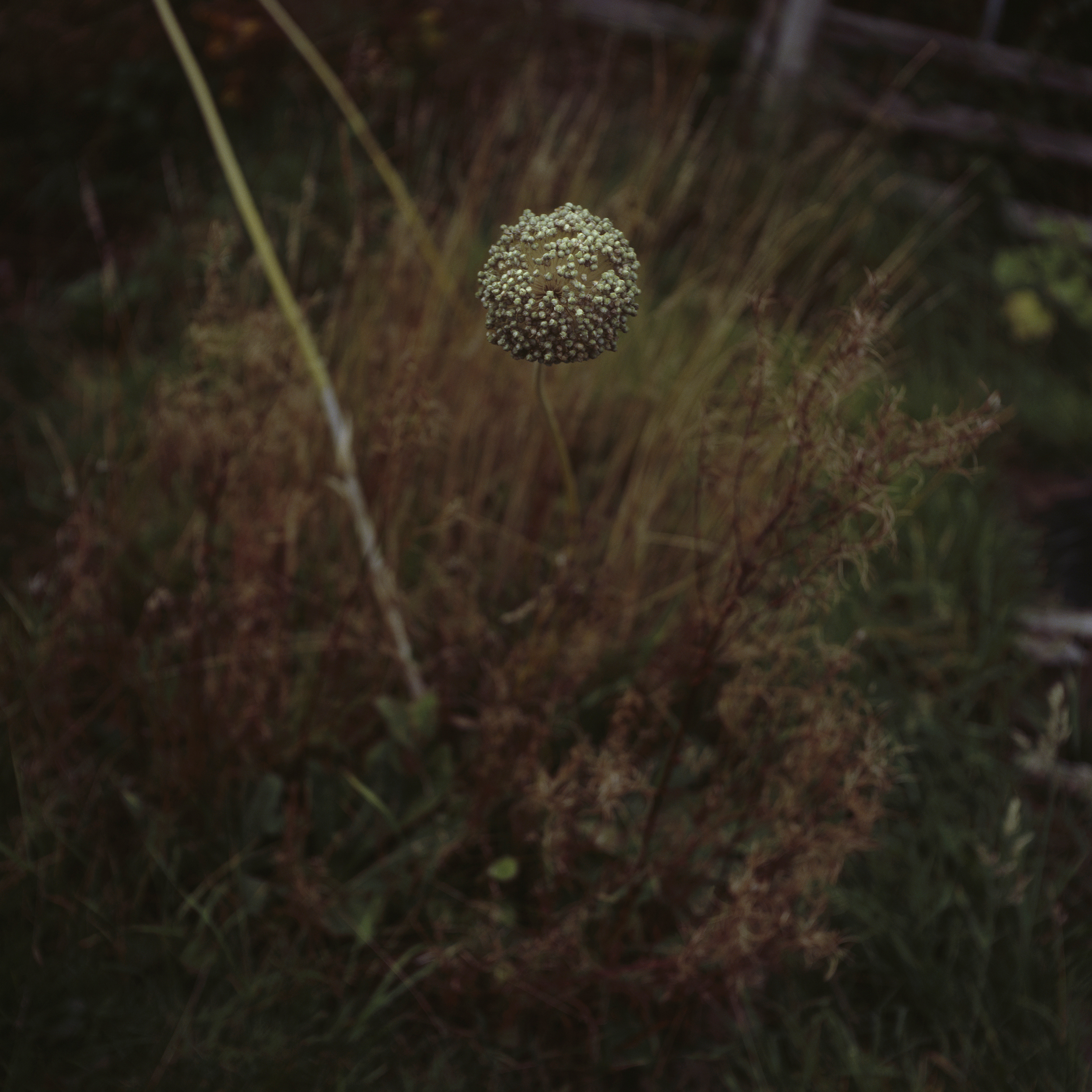
EXHIBITIONS
2025 - Monument to the Vanquished Peasant, Coventry Biennial, Herbert Gallery & Museum, Coventry
2025 - Monument to the Vanquished | Part I | The Commoners, Common Ground, Wilson Art Gallery and Museum, Cheltenham
2023 - Monument to the Vanquished | Part I | The Commoners, Photo Frome Festival
2023 - Monument to the Vanquished | Part II | Rural Rebels, Shrewsbury Museum & Art Gallery/ Meadow Arts
2022 - Monument to the Vanquished | Part I | The Commoners, Power House Gallery, Duke, N. Carolina
2022 - Monument to the Vanquished | Part I | The Commoners, Hive Gallery, Shrewsbury/ Meadow Arts
2021 - Fuera de Lugar, Sabrina Amrani Gallery, Madrid, Spain